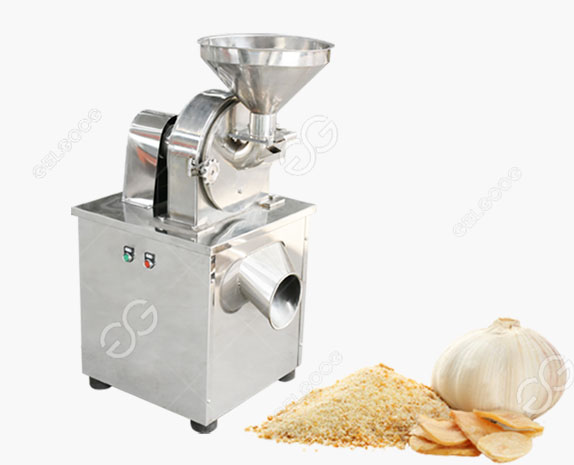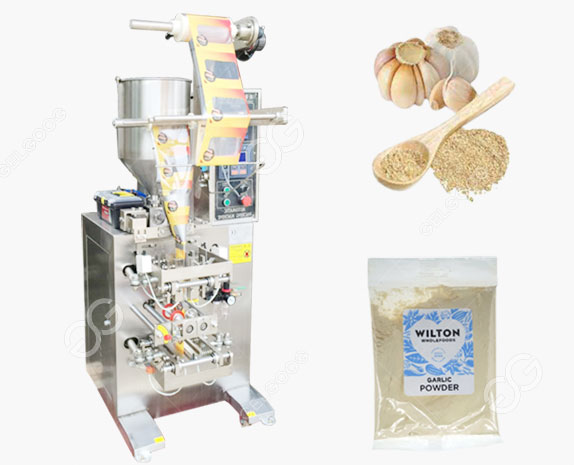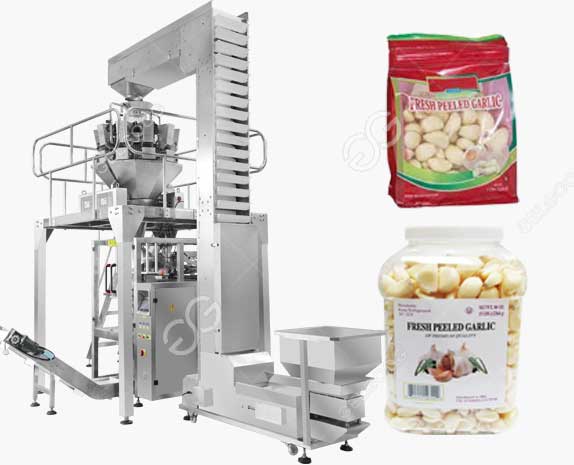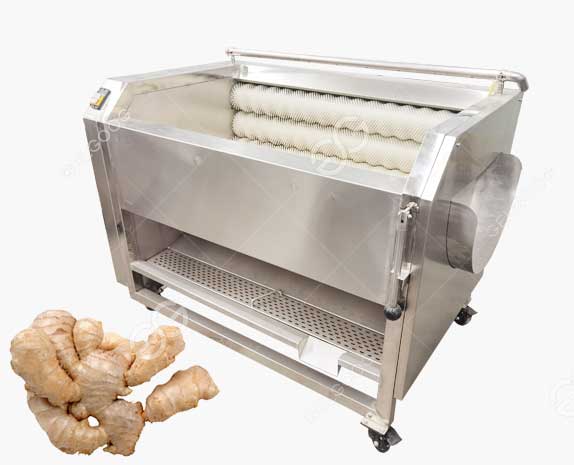Banana powder has emerged as a versatile ingredient, celebrated for its nutritional value and applications in food, health supplements, and even cosmetics. But not all bananas are created equal when it comes to powder production. Let’s explore the types of bananas used, the factors influencing their selection, and how they shape the final product.
Key Banana Varieties for Powder Production
Cavendish Bananas
The Cavendish variety is the most widely used banana for powder production globally. Known for its mild sweetness, high sugar content, and widespread availability, it delivers a consistent flavor and texture ideal for food applications like smoothies, baked goods, and baby food 113. Factories often prefer slightly overripe Cavendish bananas, as they are sweeter and easier to process into a smooth powder .
Plantains
Plantains, a starchier cousin of dessert bananas, are used in regions like Africa and Latin America. They are typically dried while still green, yielding a powder rich in resistant starch—a prebiotic fiber beneficial for gut health. This type is popular in gluten-free baking and savory dishes
Red Bananas
Red bananas, with their distinct caramel-like flavor and higher antioxidant content, are occasionally used for specialty powders. These add a unique taste and vibrant color to health mixes or gourmet recipes, though they are less common due to regional availability .
Green (Unripe) Bananas
Unripe yellow or green bananas are prized for their high resistant starch and low sugar content. The powder made from these bananas is neutral in flavor when cooked, making it a popular choice for paleo diets, gluten-free flour substitutes, and nutraceuticals .
Factors Influencing Banana Selection
Ripeness: Overripe Cavendish bananas are favored for their concentrated sweetness, while unripe plantains or green bananas are chosen for their starch content .
Quality: Only fresh, undamaged bananas are selected to ensure the powder retains nutrients like potassium, vitamin C, and dietary fiber 1.
Regional Preferences: Local varieties may dominate based on accessibility. For example, India often uses raw bananas for baby food powder, while Caribbean producers focus on plantains .
How Banana Powder Is Made
The process varies slightly depending on the banana type but generally includes:
Peeling and Pulping: Bananas are peeled, mashed into a pulp, and sometimes treated with sodium metabisulfite to preserve color .
Drying Methods:
Spray-Drying: Common for Cavendish bananas, this method rapidly removes moisture, preserving flavor and nutrients.
Drum-Drying: Often used for plantains, it produces a denser powder with a longer shelf life.
Freeze-Drying: Retains the most volatile flavor compounds but is costlier .
Grinding and Sifting: The dried pulp is ground into a fine powder and screened for consistency .
Applications of Banana Powder
Food & Beverages: Adds natural sweetness to baked goods, smoothies, and instant mixes. Cavendish powder is a staple in baby food for its digestibility.
Health Supplements: Green banana powder supports gut health, while plantain powder is used in protein bars for its binding properties .
Cosmetics: Yellow-toned Cavendish powder is used in makeup setting products for its oil-absorbing and brightening effects.
Why Banana Variety Matters
The choice of banana impacts the powder’s flavor, nutritional profile, and application. Cavendish remains the gold standard for sweetness and versatility, while plantains and green bananas cater to niche dietary needs. By understanding these differences, producers and consumers can select the right type for their goals—whether it’s enhancing a recipe or boosting nutritional intake.
From farm to factory, the humble banana transforms into a powerhouse ingredient, proving that even in powdered form, its potential is anything but bland!
If you want to know about banana powder processing business, you can contact us at any time, we will provide you with banana powder processing line and solutions.




